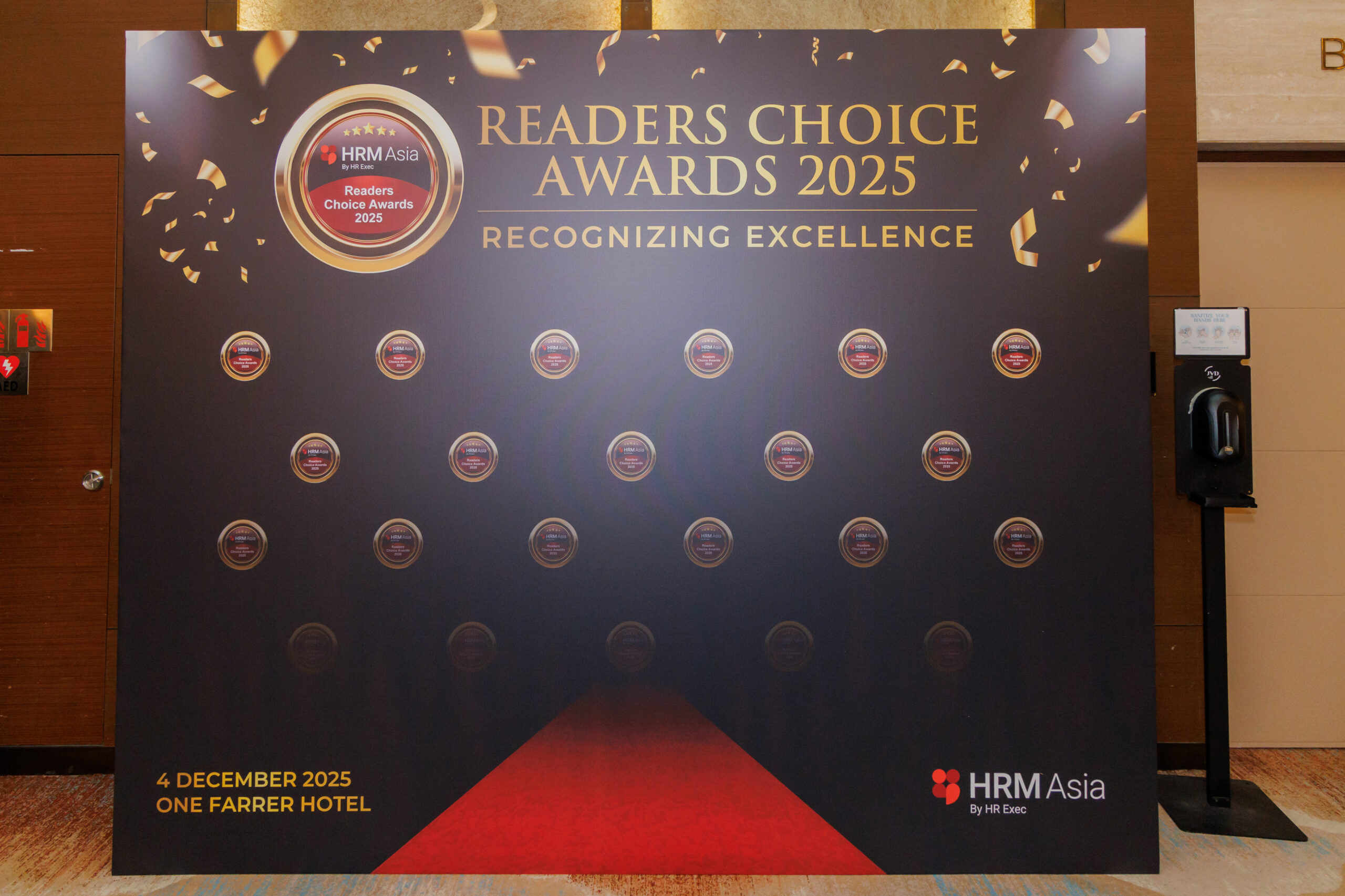Developing a future-ready pipeline
- HRM Asia Newsroom
- Topics: Asia-Pacific, Features, Field Notes, Leadership, Singapore

HRM Magazine recently spoke with Ewan Clark Gordon, Global Head of Leadership Effectiveness and Organisational Development at Standard Chartered Bank, about what an effective leadership development programme in 2017 looks like, and here’s what he had to say.
How important are leadership development programmes in today’s lean business conditions?
I think they are as important as ever, but the pressure to make a difference and get them right has increased. Programmes have to be viewed as an important investment that contributes to the business. In these cost-conscious, volatile and uncertain times, it is critical that you make it count, so quality and impact have become more paramount than ever.
In these times of constant disruption, how has leadership development evolved?
Disruption can be done to you, or you can do it to yourself. This applies at both an individual level and at an organisational level. If the business isn’t changing at the rate of the environmental changes then externally-driven disruption will occur. I believe that there are opportunities with disruption and when done deliberately, it can create energy and vitality for a business.
At an individual level it is the same thing. Leadership development needs to be a lever and driver for both individual and organisational disruption, not an outcome in itself. Somebody very clever (I think it was Jack Welch) said that “if the rate of change on the outside exceeds the rate of change on the inside, then the end is near”. Leaders today need to not only be able to keep up, but must be at the forefront of disruptive change. As a result, the development must be immediate, even more specific to the individuals, and yet also totally ‘on-point’ with the needs of the business.
What are some important things organisations should consider when developing their leadership pipeline?
They should consider how they define what success looks like, and how to measure it.
We plan succession based on current structures and contexts for the few people that we already know, when we know that the people today are not necessarily the people of tomorrow, and today’s need will not be the same in the future. We then celebrate success when we have these things in place and we have organisational data that we can talk about. I don’t think that is good enough.
We need to start earlier, and we need to be more democratic so that we are not just dealing with insights about the elite few, but about the whole system. Technology now enables us to create insights at both individual and collective levels, and should be fully and courageously leveraged.
What does an effective leadership development programme entail? Could you elaborate on some key features?
It will depend on the needs and what you are trying to achieve. However generically, and at a principle level, I think there are four things that should always be present:
1. Inside-out – The programme needs to be intimate and personal, but also deeply grounded in the context of the business;
2. Applied – We learn best through doing, so there must be an element where it can be experienced and applied
3. Relational – We lead and learn in relation to others, so designing connection points in development is also important.
4. Memorable – One thing that is important to me is that the programme is fun but challenging. You want to make the work you do memorable and within the leadership development space you have the luxury where you can be quite creative. There is an emotional component to it so it is important to design experiences for people that are memorable.






